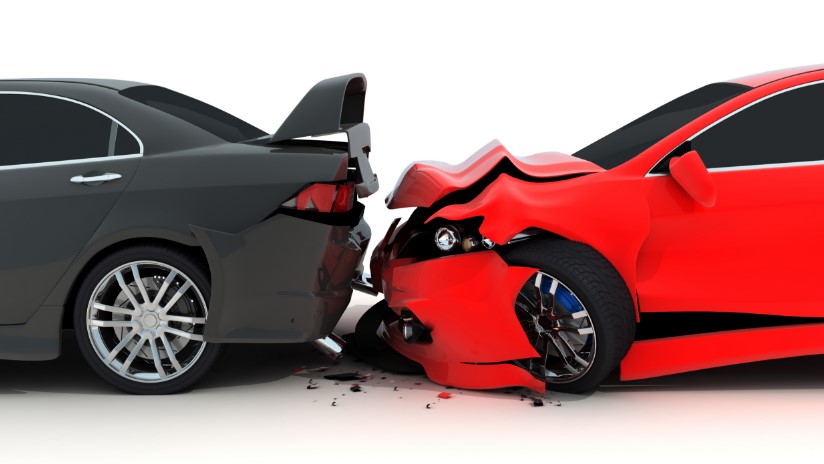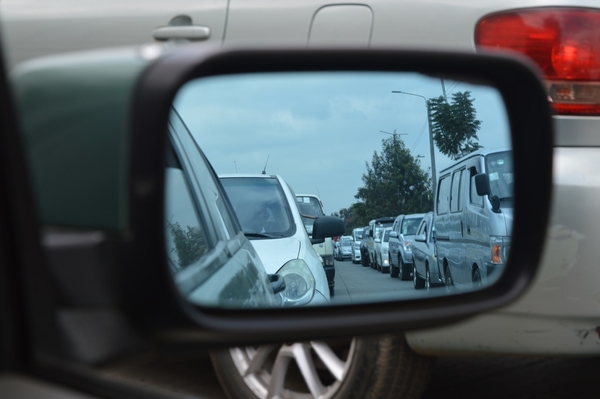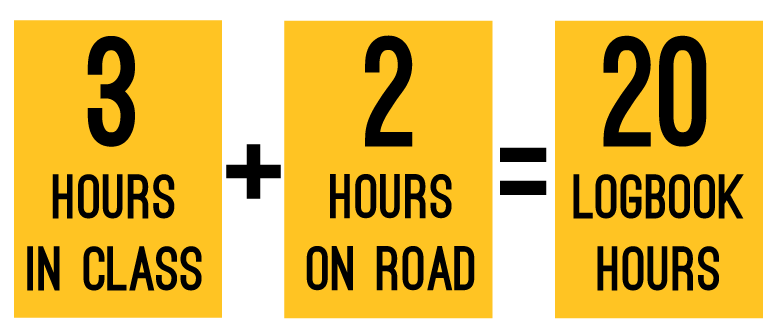Here are our top 6 driving fails:
1. Not keeping an appropriate gap
The most common type of accident in NSW is a rear-end collision. Rear end accidents account for 28% of all reported accidents making this our number 1 driving fail! The most common cause of rear-end accidents is not keeping an appropriate gap.
2. Distractions
A rapidly rising cause of accidents is distraction, with smart phones taking priority over what is happening on the road. You might get away with it once, but soon enough your number will come up.
3. Driving in the right-hand lane
We refer to the right-hand lane as the ‘head-on collision lane’. It only takes a tiny error by an oncoming driver for a head-on collision to occur. Head-on collisions account for 30% of fatalities on NSW roads.
4. Late decisions
The late decision maker likes to keep us all guessing as to their next move. They brake late and try to squeeze into turning lanes that they did not realise were coming up. Late decision makers do not have the time to consider other traffic when they make moves and are difficult to predict .
5. Not indicating
There are some drivers out there that think that indicators are there to be used because the road rules say so. The reality is that indicators are there to communicate with other road users. Nothing more frustrating than the driver that gives their indicator half a flash just after they have changed lanes.
6. Trusting a green light
Green means go right? Well did you know that 16% of crashes happen at controlled intersections? Just because we have the right of way does not mean everyone else will give way. Make sure you are safe before entering an intersection or you are committing one of our top 6 driving fails.
Are you looking for logbook hours? Complete the Safer Drivers Course and get 20 logbook hours. Book today


